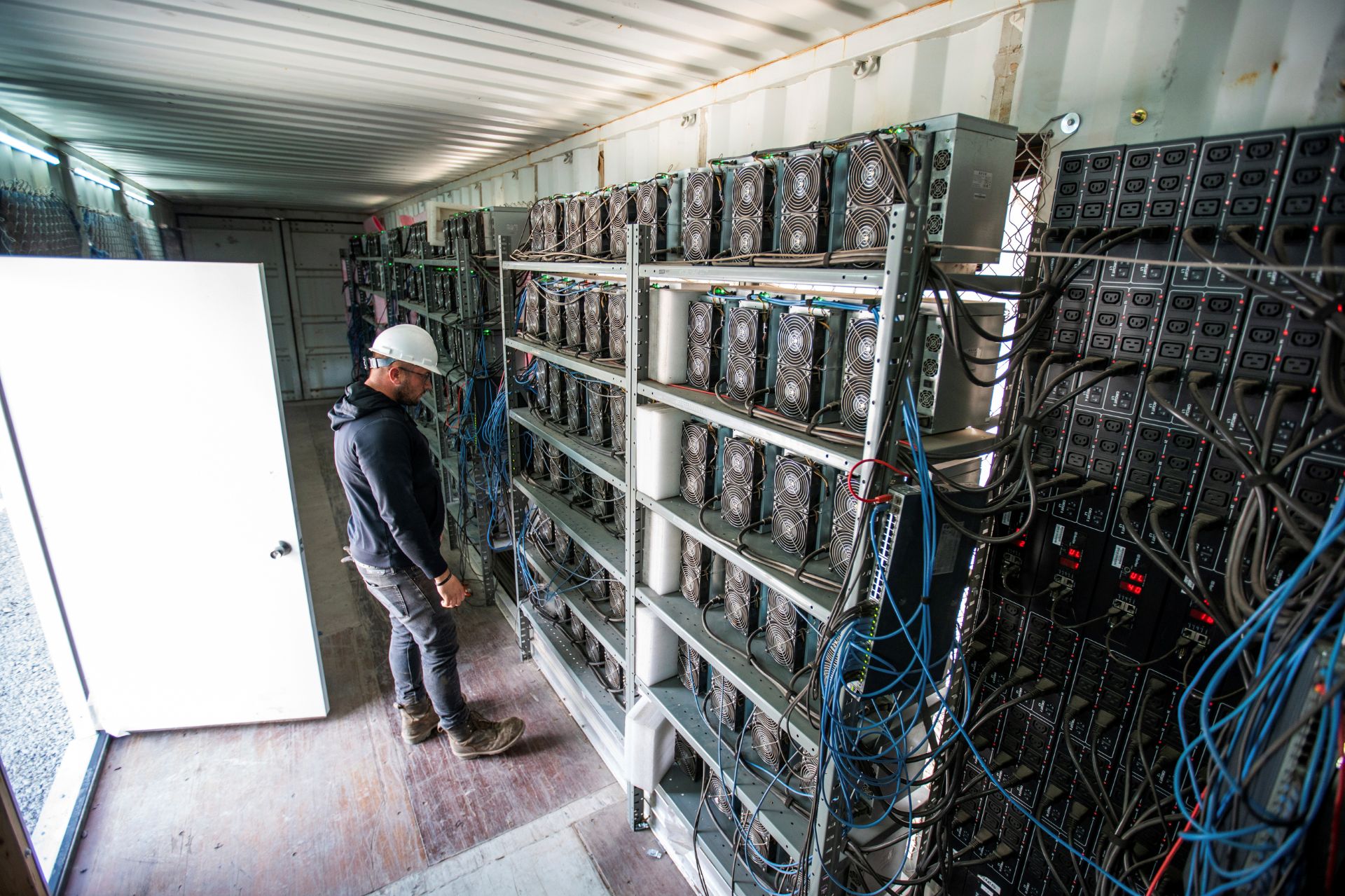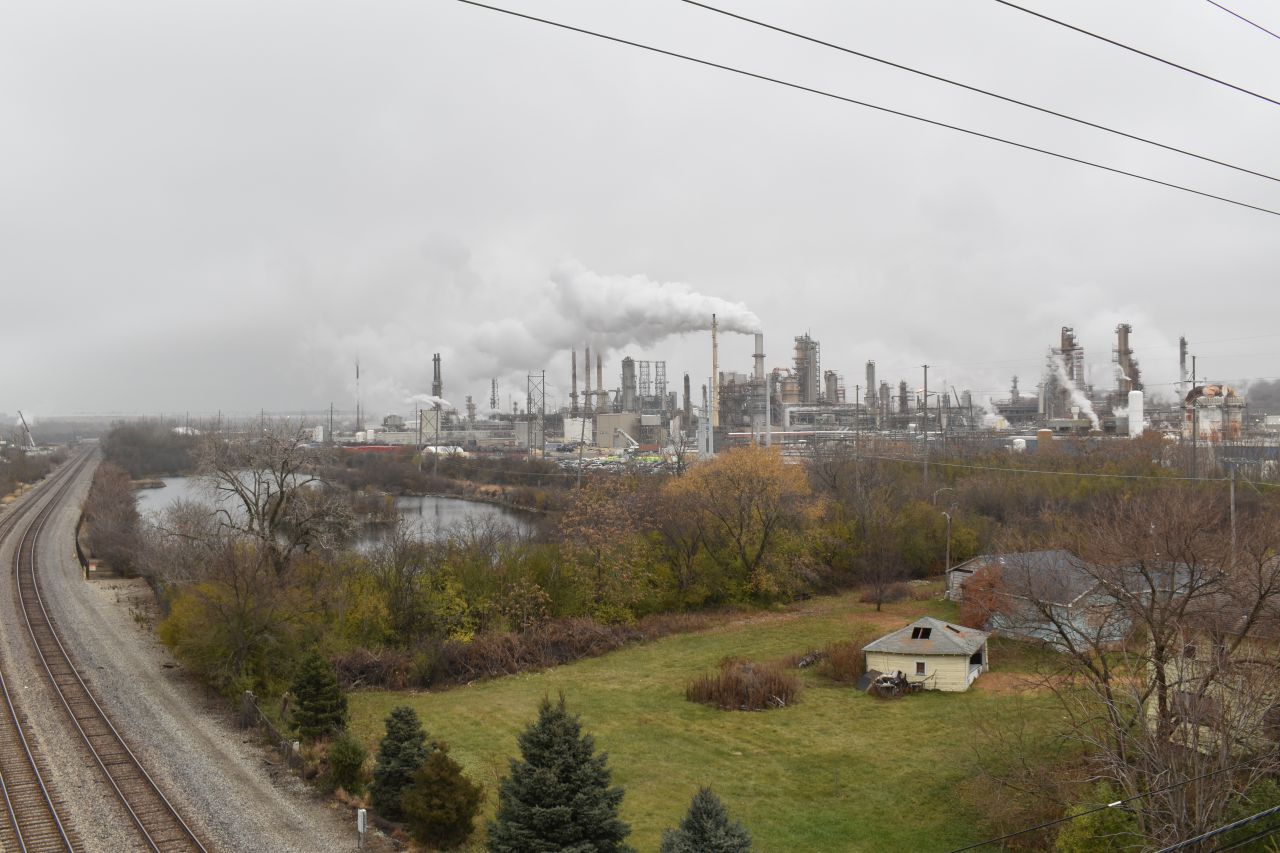U.S. data center boom driving wave of new gas-fired power plants

The U.S. is facing a boom in data centers, with the number of these facilities projected to more than double or even triple by 2030, which is triggering a surge in the proposed construction of gas-fired power plants.
This growth is being driven by the race to develop artificial intelligence (AI) and cryptocurrency, as well as the ever-increasing demand for cloud-based storage, where digital files are stored on remote servers rather than local hard drives.
These servers require vast amounts of electricity. In 2023, U.S. data centers (not including those used for cryptocurrency) consumed approximately 176 terawatt-hours of power – about 4.4 percent of the country’s electricity use that year, up from 1.9 percent in 2018, according to a report by the Lawrence Berkeley National Laboratory. That amount of electricity could power around 16 million homes.
In July, the Trump Administration issued an executive order accelerating the permitting of large data centers and power generators to support them, along with offering federal lands for data center construction. The EPA also said in September it would speed up its review of new chemicals used in data centers.
By 2028, power demand from data centers could swell to make up anywhere from 6.7 to 12 percent of total U.S. energy consumption, the Lawrence Berkeley study found. That means new power plants, many fueled by natural gas. ChatGPT developer OpenAI’s CEO admitting in a May Senate hearing that the short-term future of powering his industry “probably looks more like natural gas” than other power sources.
The wave of new data centers and related gas plants are raising concerns among environmentalists about the potential greenhouse gas impact of the boom. And utility officials are worried about their ability to provide electricity to so many new large customers. Outside of existing data center hubs like Northern Virginia and Silicon Valley, tech companies are planning massive new investments in places like Phoenix, Dallas-Fort Worth, Atlanta, and Las Vegas.
Rural areas with fewer existing large electricity users are also seeing a boom, with one of the largest natural gas-fired power plants ever proposed in the U.S. being pitched in the Texas Panhandle to power a massive AI campus outside of Amarillo.
In West Virginia, the state’s economic development agency is touting the state’s “abundant” power and water supplies, along with low taxes and “streamlined regulations.” A bill that passed the state’s legislature earlier this year also stripped local governments’ control over data centers via zoning ordinances.
In Tucker County, a former coal mining region that has since become an outdoor recreation hub, hundreds of residents packed a West Virginia Department of Environmental Protection (DEP) meeting in late June to oppose plans for a natural gas-fired power plant proposed to power a data center. The developer, Fundamental Data, also plans to store diesel fuel onsite, causing concerns about fuel spills and air pollution from burning much dirtier diesel fuel. The West Virginia DEP issued a permit for the facility in September; environmental group Appalachian Mountain Advocates has since filed an appeal.
“It’s been very secretive and behind the scenes,” said Amy Margolies, a leader of grassroots group Tucker United, said of the permitting process. In part because the power plant is “behind the meter,” or intended to provide power to a single customer rather than the grid, information about Fundamental Data’s plans has been difficult to obtain.
For example, Margolies said, they have been unable to get answers from the DEP or Fundamental Data about how tall the power plant’s smokestacks would be, with the company and officials claiming these details are “confidential business information.” The DEP released only a heavily redacted version of the company’s air pollution application, with many areas blacked out.
Fundamental Data has not said what its data center would be used for or how many jobs it would create. Nikki Forrester, Tucker United’s spokesperson, said residents need “good economic development” that can coexist with the county’s already burgeoning tourism industry that brought in $87 million in revenue to Tucker County last year.
“In a state where a lot of people are struggling to get basic access to the Internet and it’s unclear how long these [data center] facilities are going to operate, we’re not going to see the vast majority of revenue from them,” Forrester said. “They don’t create jobs for the people who live here, and we’re going to have to deal with all the costs.”
Uncertainty over how much power new data centers will consume is plaguing the industry as a whole, with projections varying wildly. According to a compilation of forecasts by the World Resources Institute, projections of data center energy use through 2030 range from 200 terawatt-hours per year to 1,050 terawatt-hours per year, a difference of 425 percent.
Because of this uncertainty, many forecasts for data centers are falling into what Todd Snitchler, CEO of the Electric Power Supply Association, called “irrational exuberance territory.”
“There is no doubt that the growth of AI will be driven or limited by how quickly we can ensure sufficient power to enable the expansion and operation of data centers, but the magnitude of the energy needed is still much more in question than many seem to think,” Snitchler wrote in a January op-ed in Utility Dive.
The actual limiting factor for the U.S. data center expansion will not be the supply of electricity, but the supply of advanced computer chips capable of processing advanced AI, according to a July study by London Economics International commissioned by the Southern Environmental Law Center (SELC).
According to the report, if all the data centers announced in the U.S. for 2025 to 2030 were to actually be built, they would consume more than 90 percent of new chips being produced around the world. The group called this “unrealistic” because the U.S. currently uses less than 50 percent of the world’s chips, with other countries planning to increase their chip demand over coming years.
Megan Gibson, senior attorney at SELC, said that “inflated and speculative data center electricity demand forecasts in the Southeast are driving a dramatic and unnecessary overbuild of infrastructure that threatens to lock in fossil fuels, hike energy bills, and crowd out more reliable, cost-effective clean energy.”
Some utilities are implementing new rules meant to make tech companies shoulder more of the burden up-front of planning for their massive increases in power usage.
One example is in Ohio, home to data centers operated by major tech firms such as Meta, Google, Microsoft and Amazon. Amazon Web Services has announced that it plans to spend $10 billion dollars building more data centers across the state.
In July, the Ohio Public Utilities Commission sided with a major power utility, American Electric Power, and consumer advocates over data centers by releasing a plan to make tech companies pay for a higher percentage of their projected electricity costs in advance. The decision allows the utility to charge data center developers 85 percent of their projected consumption, rather than 60 percent, no matter how much power they actually use. Tech companies had fought the proposal, with Amazon in an April commission filing calling it a “discriminatory and punitive approach.”
In Tucker County, West Virginia, the proposed gas-fired power plant will not supply power to the grid for the general public. So residents there see few benefits and have many questions about what could become a major source of air pollution in their community. Forrester, Tucker United’s spokesperson, worries that people might move away rather than breathe pollution from a massive power plant about a mile from the nearest towns.
She expressed frustration that the developers are ignoring the concerns of local residents. “How do we bring in business partners who actually want to come and talk to our community, who want to work with local officials, who aren’t interested in sidestepping regulation and forcing through a proposal because they can?” Forrester said.
Lead photo: A supervisor checks on bitcoin mining machines in a shipping container behind a power plant in Russellton, Pennsylvania (Andrew Rush/Pittsburgh Post-Gazette via AP).















